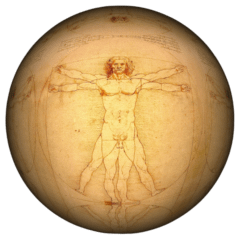The Hittites, an ancient Anatolian people, rose to prominence during the Late Bronze Age (1600-1200 BCE). Archeologists, delving into the excavation sites of Hattusa, their capital, reveals a sophisticated civilization that thrived in what is now modern-day Turkey.
Renowned for their mastery of ironworking, the Hittites forged an empire that stretched from Anatolia to northern Syria. The Hittites called their kingdom Hattusa . The Hittite Empire, it reached its height during the mid-14th century BC under Šuppiluliuma I. The Hittite military also made successful use of chariots and was a fierce enemy of the ancient Egypt.
Archaeological findings unveil Hittite contributions to monumental architecture, exemplified by the imposing Lion Gate of Hattusa and intricately carved reliefs. The decipherment of the Hittite language, employing cuneiform script, further enriches our understanding of their political and religious practices. The Hittites engaged in diplomatic correspondence, notably the Hittite-Luwian bilingual inscriptions.
Yet, despite their historical significance, the Hittites faced an enigmatic decline, possibly linked to the catastrophic events of the late Bronze Age collapse. Archaeological explorations continue to unravel the mysteries surrounding this enigmatic civilization, shedding light on the Hittites’ enduring legacy. The most prominent Archaeological finding is the Lion Gate of Hattusa.

